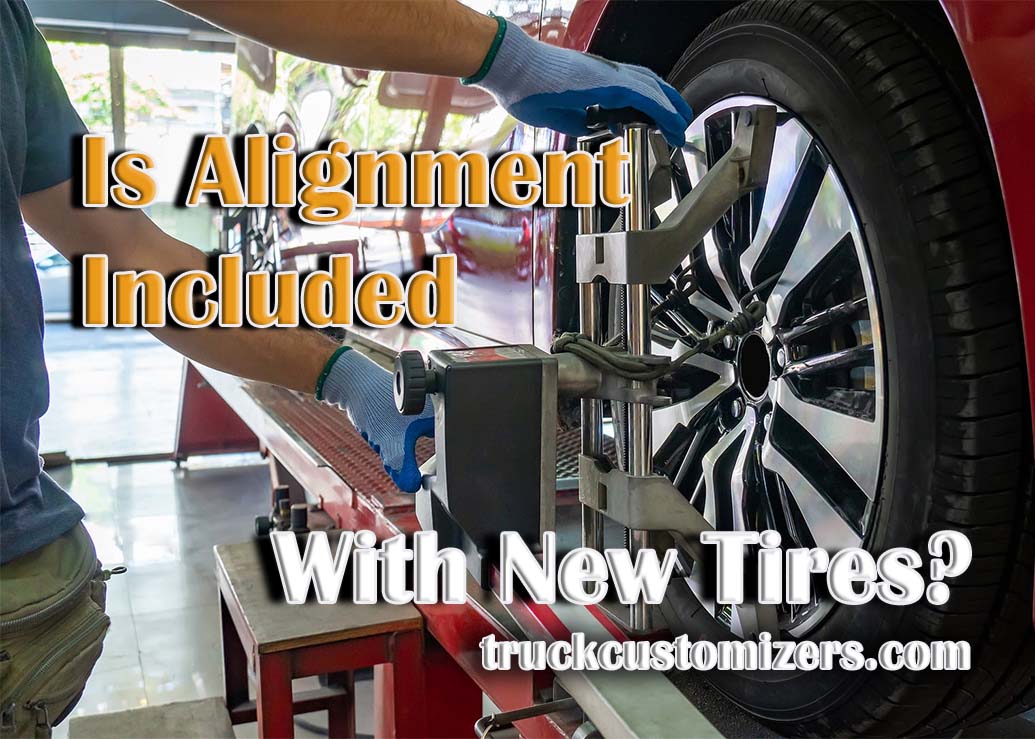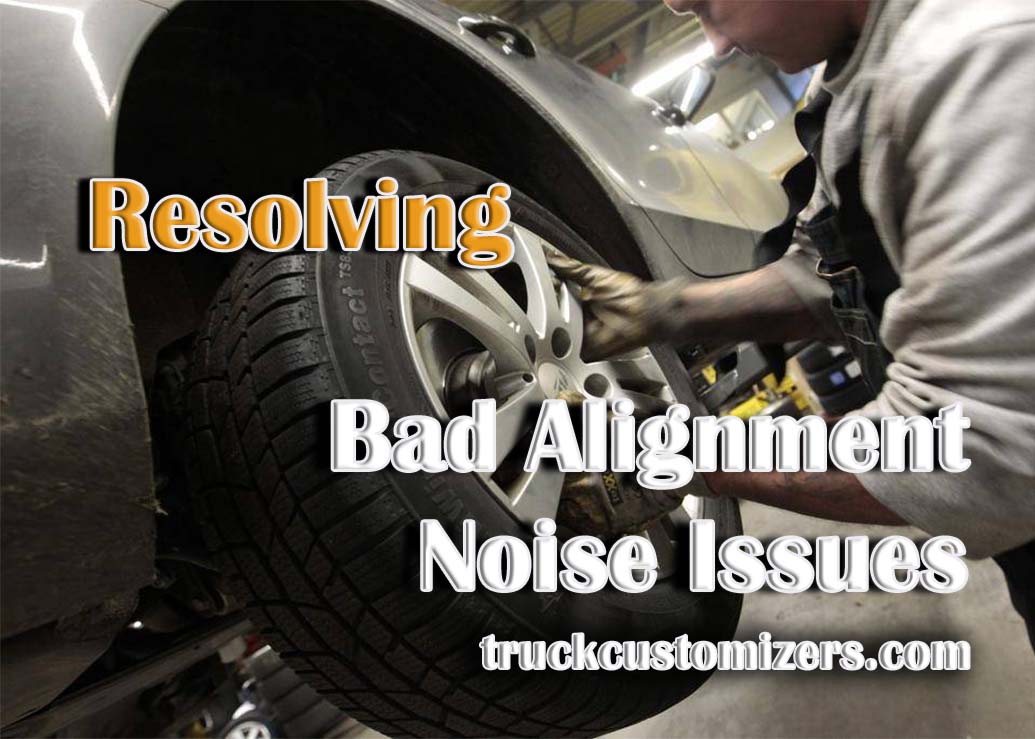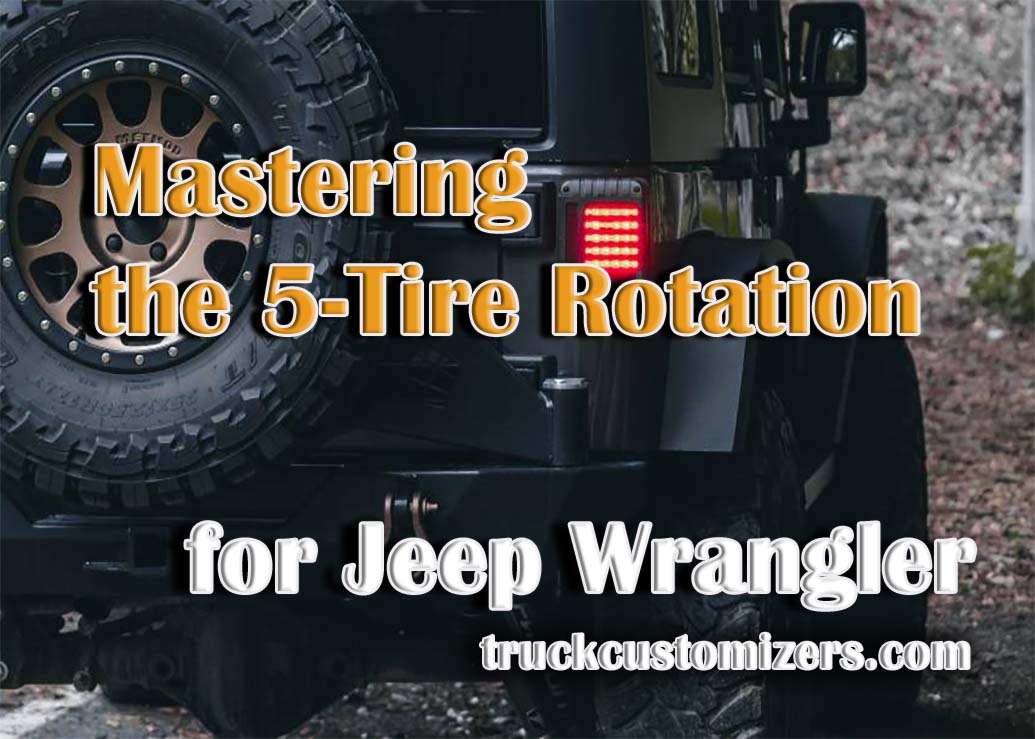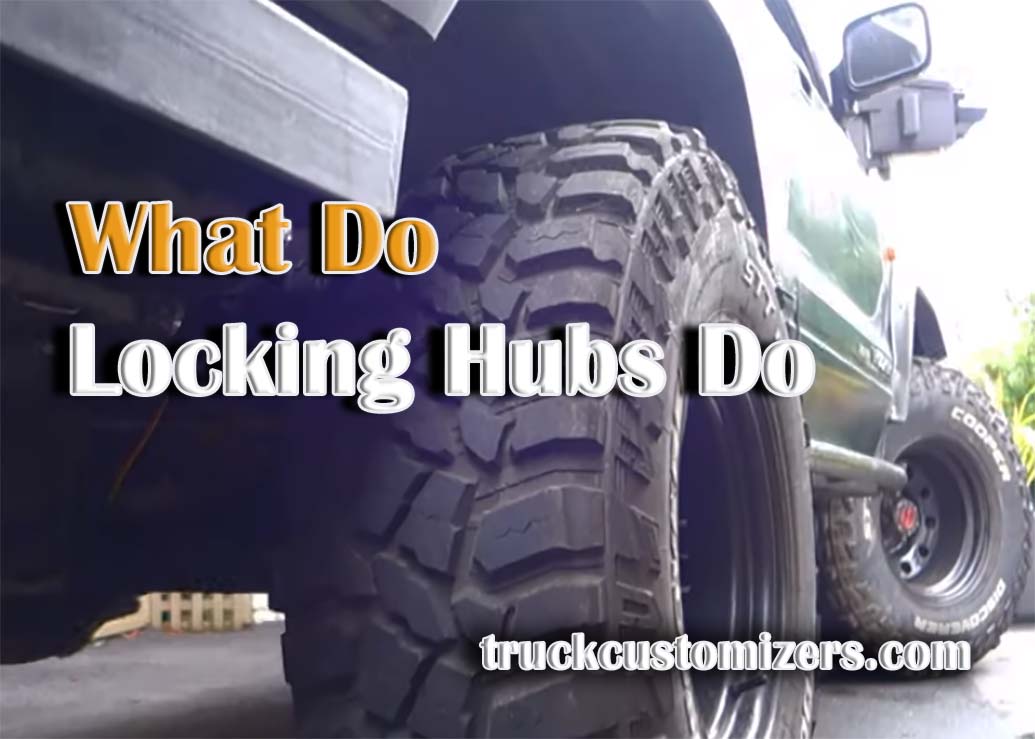When you’re shopping for tires, it’s important to understand what exactly is included in your purchase. It can be difficult to determine if the cost of the tires includes an alignment process, or if that requires you to spend more money. Knowing what is included can help you budget correctly when purchasing new tires.
What’s Included With Your Tire Purchase?
When buying new tires, they will most likely come already mounted on rims and balanced—although some tire shops may require extra fees for these services. The installer is also responsible for inflating the tires to their proper pressure and attaching valve stems, although many stores offer these services free of charge as well.
Is Alignment Included With New Tires?
The short answer is no: alignment isn’t usually included with your tire purchase. Alignment involves adjusting the wheels so that they are perpendicular to the ground and parallel with each other; this helps improve your car’s handling, fuel efficiency and reduce premature tire wear. If a tire shop does include an alignment in their package deal when selling new tires, be sure to read all details closely before committing – it may not be as comprehensive as a full service alignment.
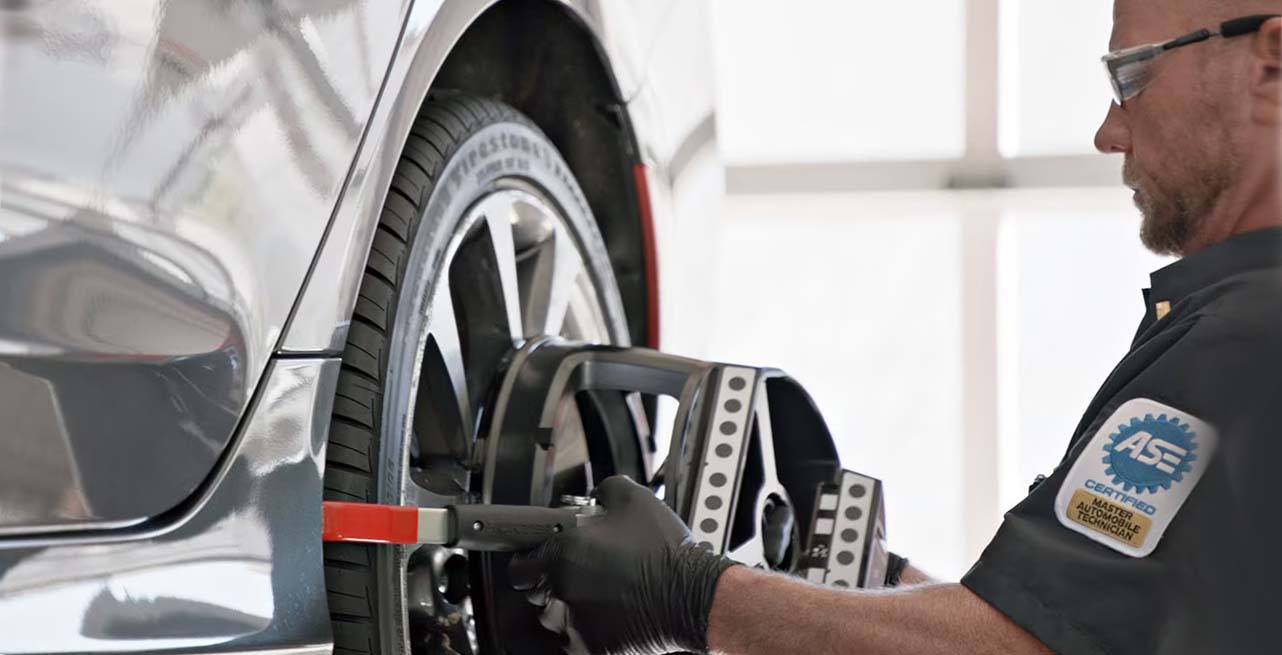
How Much Does Tire Alignment Cost?
The cost of a tire alignment can vary significantly depending on your vehicle’s make and model, but generally you should expect to pay anywhere from $50 to $120 for a full service alignment. In some cases, a tire shop may offer an additional incentive for having your tires aligned at the same time as purchasing them, as this requires less labor than doing an alignment after the tires have been mounted.
Tips for Maintaining Proper Tire Alignment
It is important to maintain proper tire alignment in order to extend the life of your tires and reduce fuel costs. Here are some tips on how to keep your car’s wheels properly aligned:
-
Monitor your tire tread wear regularly and look out for any signs that indicate misalignment (uneven wear or vibration).
-
Have your car’s suspension system checked annually and make sure all components are in good working order.
-
Have the wheels rotated regularly (every 6 months or 6,000 miles). This helps evenly distribute wear across all four tires.
-
Avoid potholes – driving over them puts unnecessary strain on the suspension system and can cause misalignment.
Conclusion
It’s important to understand what’s included with your tire purchase and whether or not that includes an alignment. Although it may cost extra, having your car aligned is important for optimal performance and will help extend the life of your tires. By following the tips listed above, you can ensure that your wheels remain properly aligned and save money in the long run.
Furthermore, addressing bad alignment noise issues is crucial for a comfortable and quiet driving experience. Neglecting alignment problems can lead to increased tire wear, reduced fuel efficiency, and potential damage to your vehicle’s suspension components. By investing in regular alignments and tackling bad alignment noise issues promptly, you can maintain your vehicle’s performance, protect your tire investment, and enjoy a smoother ride.
